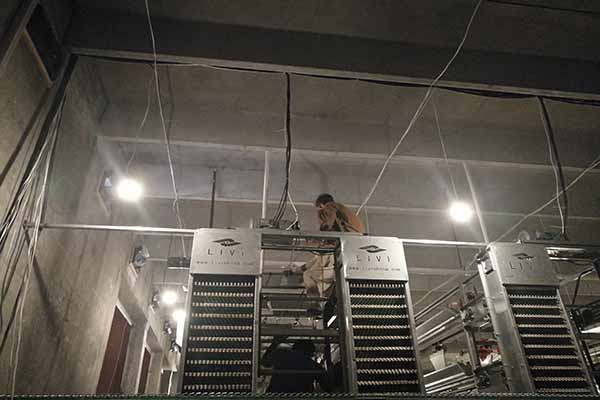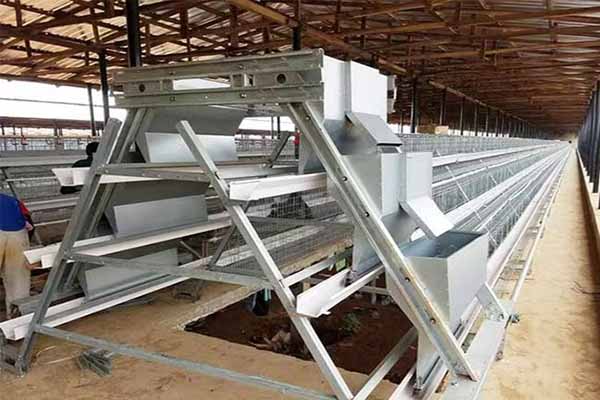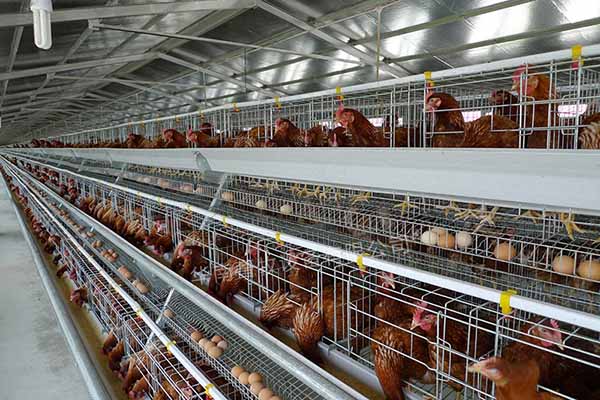Drinking System for 300,000 Chickens in Togo: Optimizing Water Supply in Poultry Farming
Efficient water management is a critical component of successful poultry farming. In Togo, where the demand for poultry products is rising, implementing a reliable drinking system for a large-scale operation like 300,000 chickens is essential. This article explores the key aspects of a drinking system for such a venture and how it contributes to the overall health and productivity of the chickens.
Key Components of a Drinking System for 300,000 Chickens
- Flow Rate: A minimum flow rate of 2.0 liters per second is recommended to ensure adequate hydration for the flock.
- Water Quality: Regular water quality testing is vital to prevent diseases caused by contaminated water.
- Water Distribution: Distributing water through nipples or fountains should be balanced to accommodate the number of chickens and their water needs.
- Maintenance: Regular maintenance and repair of the system are crucial to prevent downtime and ensure continuous water supply.
In a 300,000-chicken farm, an effective drinking system can be designed to provide the following benefits:
| Aspect | Description |
|---|---|
| Water Efficiency | Automated systems can minimize water waste, reducing costs and environmental impact. |
| Health Benefits | Access to clean water can prevent diseases such as Coccidiosis and Avian Influenza, improving flock health. |
| Productivity | Hydrated chickens are more productive, resulting in better growth rates and higher egg production. |
Designing a Drinking System for 300,000 Chickens
Designing a drinking system for 300,000 chickens involves careful consideration of several factors:

- Chickens per Nipple: A ratio of 20-30 chickens per nipple is optimal to ensure all birds have access to water.
- System Size: The system should be designed to accommodate the expected number of chickens, including space for expansion.
- Water Source: A reliable water source is essential; in some cases, wells or water tanks may be necessary.
- Pressure Requirements: Sufficient pressure is needed to ensure water flow to all parts of the farm.
By following these design guidelines, poultry farmers in Togo can create an efficient and cost-effective drinking system for their large-scale operations.
Case Study: Successful Implementation in Togo
In a recent project in Togo, a 300,000-chicken farm implemented an advanced drinking system with the following results:

- Water flow rate: 2.5 liters per second, ensuring adequate hydration for the flock.
- Water quality: Regular testing and treatment to prevent diseases.
- System reliability: Minimized downtime and consistent water supply.
- Health improvements: A reduction in disease incidence and an increase in productivity.
This case study demonstrates the effectiveness of a well-designed drinking system in enhancing the overall success of a poultry farm.
For more information on designing a drinking system for your poultry farm, please feel free to leave a comment below or contact us directly  for a free consultation on our LIVI mechanical solutions. We look forward to helping you optimize water supply and improve your farm’s productivity.
for a free consultation on our LIVI mechanical solutions. We look forward to helping you optimize water supply and improve your farm’s productivity.




